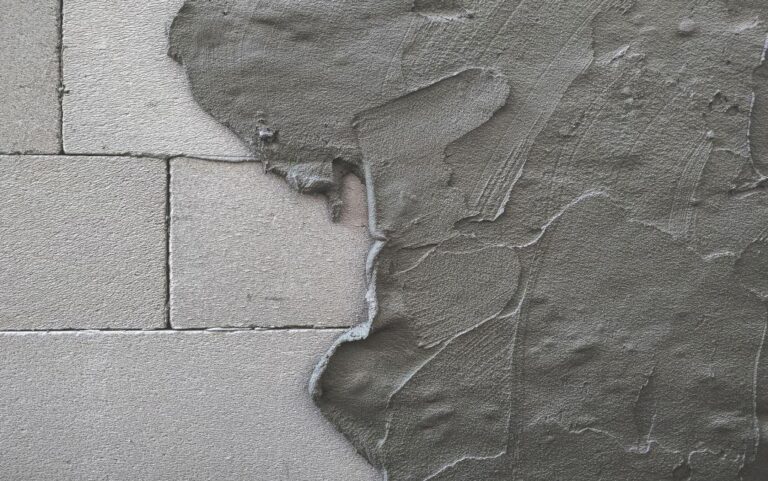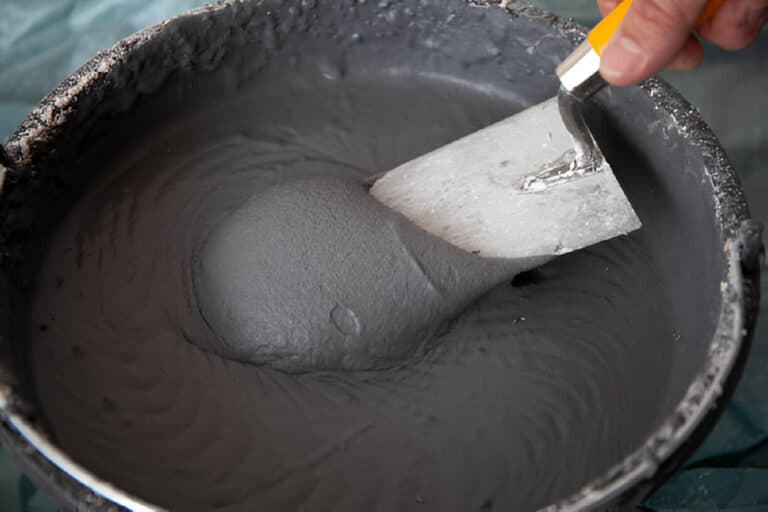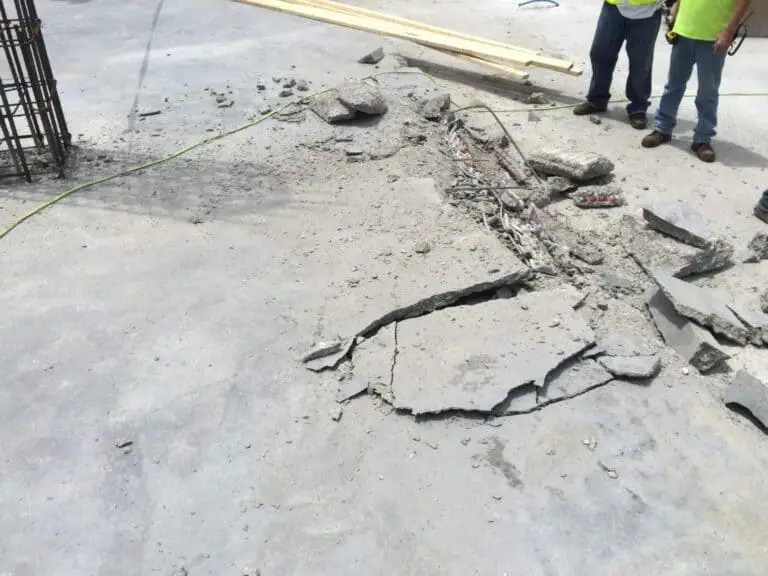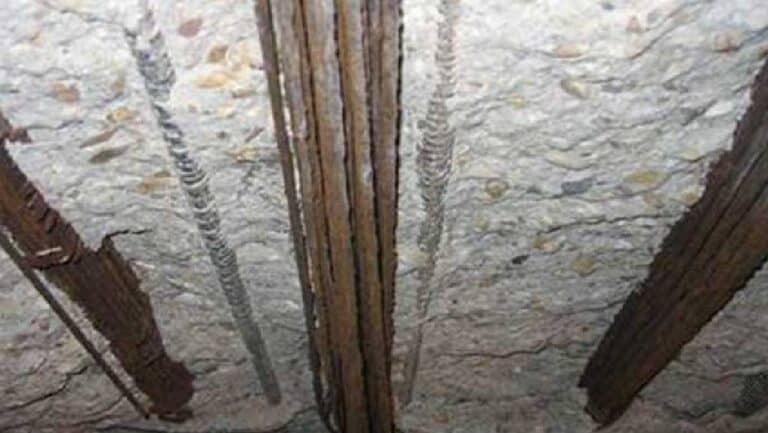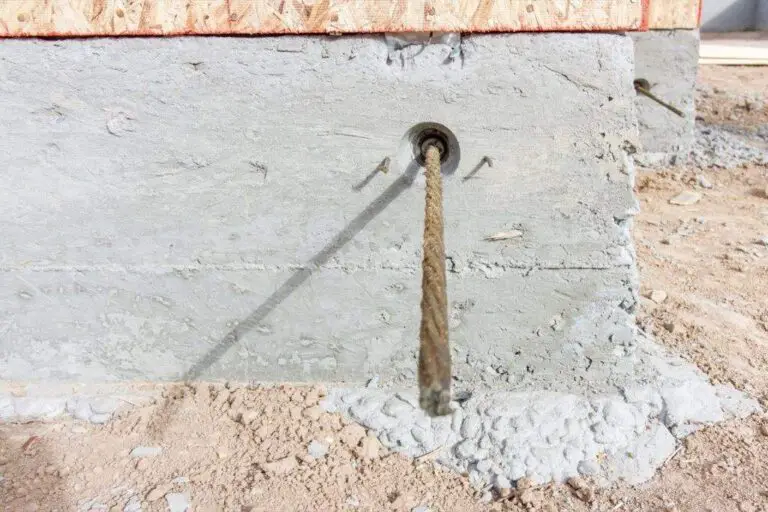Can You Use Joint Compound on Cement Board? Here’s What You Need to Know
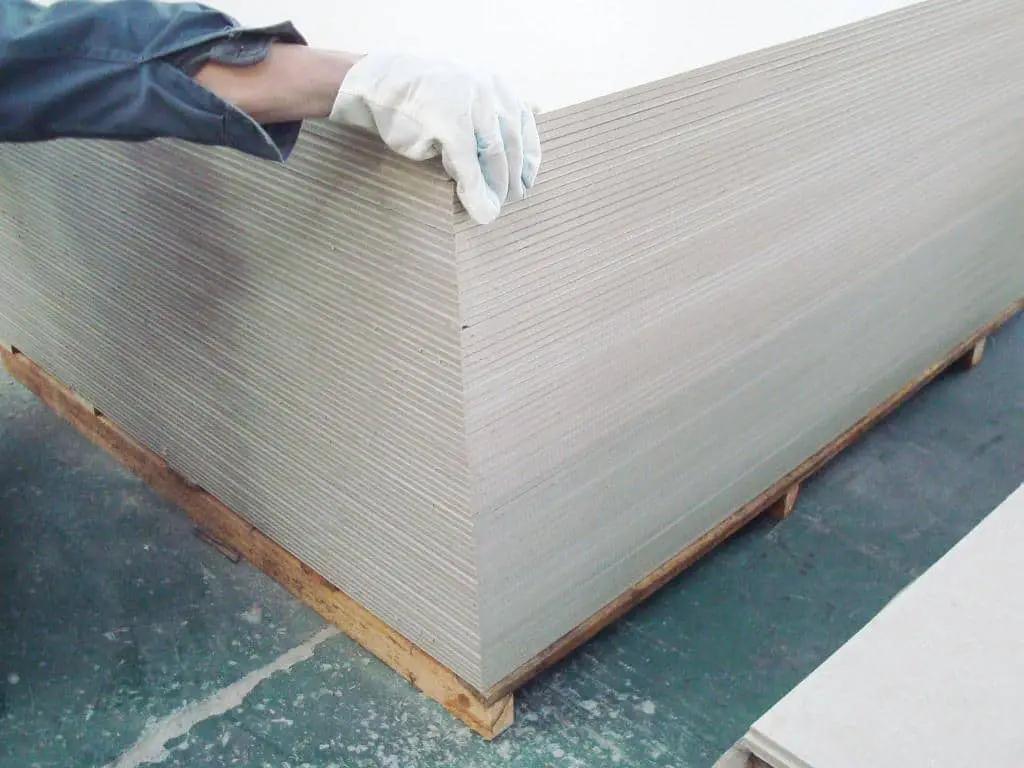
If you’re renovating your bathroom or kitchen, chances are you’ve heard of cement boards. It’s a popular material that’s known for its strength and moisture resistance, making it a great choice for areas where water is present. However, achieving a smooth finish on cement board can be challenging without the use of joint compound.
Cement board is a popular material for bathroom and kitchen remodels, as it is moisture-resistant and durable. However, when it comes to finishing the surface of cement board, many people wonder whether joint compound is a suitable option. The short answer is yes, but there are a few things to keep in mind before diving in.
In this article, we’ll cover the benefits of using joint compound on cement board, how to prepare the surface, application techniques, and more.
Introduction to Joint Compound on Cement Board
When it comes to finishing surfaces in wet areas such as bathrooms and kitchens, cement board is a popular choice due to its moisture resistance and durability. However, achieving a smooth and seamless finish on cement board can be challenging without the use of joint compound.
Joint compound is a versatile material commonly used for filling and smoothing gaps, cracks, and seams in drywall. However, many people may not be aware that joint compound can also be used on cement board surfaces to achieve a smooth finish that’s ready for tiling or other finishing applications.
Can You Use a Joint Compound on Cement Board?
The short answer is yes, you can use joint compound on cement board. Using joint compound on cement board has several benefits. One of the main advantages is that joint compound can help fill in any gaps or unevenness on the surface of the cement board, providing a smooth and level base for tiling or other finishing applications.
Additionally, joint compounds can help create a seamless and continuous surface, which can be especially important in wet areas where water can seep into even the smallest gaps or cracks.
However, there are a few things you need to keep in mind before you begin. First and foremost, make sure that the cement board is clean, dry, and free of any dust or debris before applying joint compound. Any dirt or debris on the surface of the cement board can cause the joint compound to adhere poorly, resulting in an uneven or bumpy finish.
Another thing to keep in mind is that joint compound should not be used as a substitute for cement board tape. Cement board tape is an important component of any cement board installation, as it helps to reinforce the seams between the cement board sheets. Without cement board tape, the seams can crack and shift over time, which can lead to water damage and other issues.
When using joint compound on cement board, it is important to choose the right type of joint compound. Lightweight joint compound, also known as “all-purpose” joint compound, is a popular option for drywall repairs and finishing. However, it may not be the best choice for cement board surfaces, as it may not adhere as well as other types of joint compound. Instead, consider using a setting-type joint compound, which is specifically designed for use on cement board and other types of backer board.
How to Prepare Cement Board for Joint Compound
Before applying a joint compound to a cement board, it’s important to prepare the surface properly. Here are the steps to follow:
- Clean the surface: Use a broom or vacuum to remove any debris or dust from the cement board surface. The cement board should be clean and free of any dust, debris, or other contaminants
- Apply primer: Apply a coat of primer to the surface to help the joint compound adhere better. Make sure to choose a primer that’s specifically designed for cement board.
- Fill gaps and seams: Use a cement board seam tape to fill any gaps or seams between cement board panels.
- Sand the surface: Use sandpaper to smooth out any rough areas on the surface.
How to Apply Joint Compound on Cement Board
When using joint compound on cement board, it’s important to follow the proper techniques to ensure a successful application. Once the surface is properly prepared, you can begin applying joint compound. Here are the steps to follow:
- Mix the joint compound: Follow the manufacturer’s instructions for mixing the joint compound.
- Apply the first coat: Use a putty knife to apply a thin layer of joint compound to the surface. Make sure to cover any gaps or seams between cement board panels.
- Apply additional coats: Apply additional coats of joint compound as needed, sanding between each coat to create a smooth surface. It’s important to apply the joint compound evenly and smoothly, taking care to avoid any air pockets or bubbles.
- Allow to dry. After the joint compound has been applied, it should be allowed to dry completely before any further work is done.
- Finish the surface: Once the joint compound is dry, use sandpaper to smooth out any rough areas and create a seamless surface. It’s important to sand the joint compound carefully and evenly to avoid creating any low spots or unevenness on the surface of the cement board.
Alternatives to Joint Compound
If joint compound isn’t the best option for your cement board project, there are alternatives available. Here are a few options to consider:
1. Fiber Tape and Thinset
One popular alternative to joint compound is using fiber tape and thinset. This method involves applying a layer of thinset to the cement board and then embedding fiber tape into the wet thinset. After the thinset has dried, another layer of thinset can be applied over the tape and smoothed out with a trowel. This creates a strong, durable bond that can withstand movement and settling.
2. Mortar Mix
Mortar mix is another alternative that can be used on cement boards. Similar to thinset, mortar mix is applied to the cement board with a trowel and then smoothed out. This creates a rough surface that is ideal for the application of tile or other finishes.
3. Epoxy
Epoxy is a strong adhesive that can be used on cement boards. It is particularly useful for areas that require a waterproof seal, such as showers or bathrooms. Epoxy can also be used to fill in gaps or cracks in the cement board before applying finishes.
4. Cement-based Skim Coat
A cement-based skim coat can be used to create a smooth surface on a cement board. This method involves applying a thin layer of the skim coat over the cement board with a trowel and then smoothing it out. Once the skim coat has dried, it can be sanded and painted for a finished look.
5. Cement Backer Board Joint Tape and Thinset
Cement backer board Joint tape is specifically designed for use with cement board. The tape is applied to the joints with a layer of thinset and smoothed out. This creates a strong, durable bond that can withstand movement and settling.
Conclusion
In conclusion, using joint compound on cement board can provide several benefits when finishing wet areas such as bathrooms and kitchens. By properly preparing the surface and following the right techniques, you can achieve a smooth and seamless finish that’s ready for tiling or other finishing applications.
However, it’s important to keep in mind that joint compound should only be used on cement board surfaces and not on other types of surfaces such as drywall. With these tips in mind, you can confidently use joint compound on cement board surfaces in your next home renovation project.

